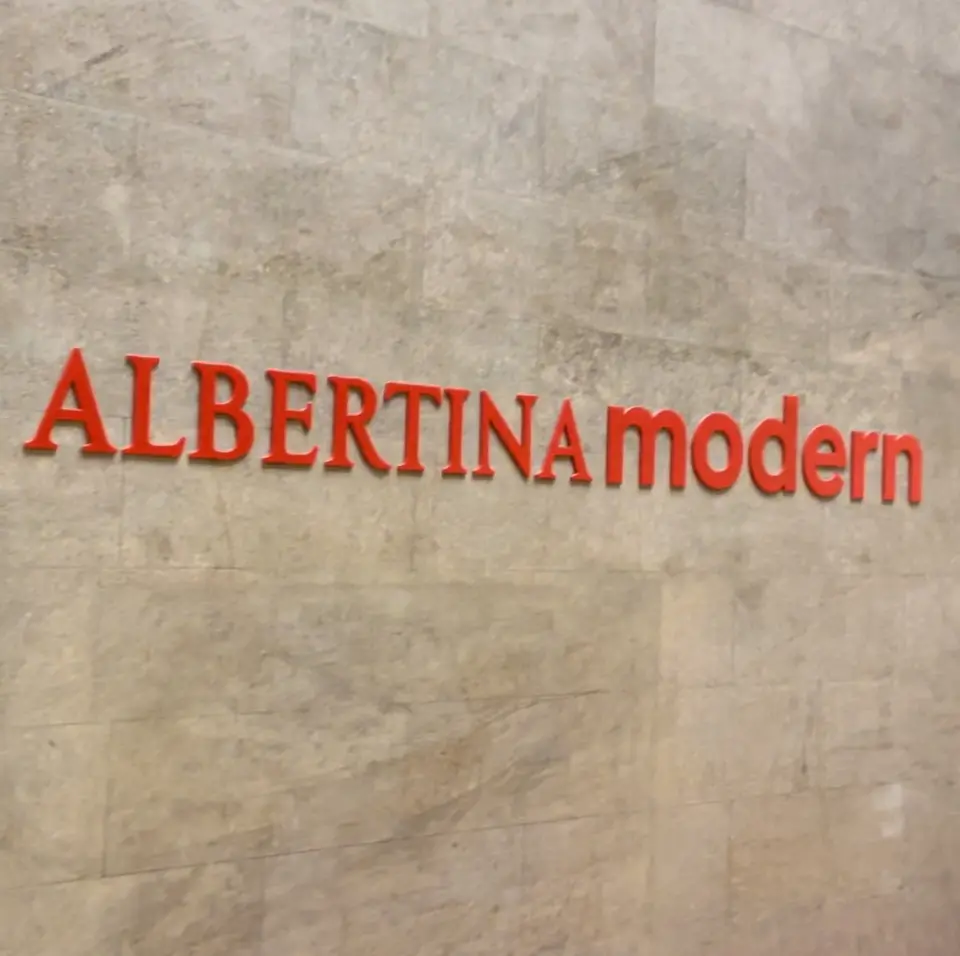A New Digital Renaissance
Embracing the Digital Shift in Art
In an era where digitalization touches every aspect of our lives, the art world is not left behind. The emergence of NFTs (Non-Fungible Tokens) has revolutionized the way we perceive and interact with art. Traditionally, art was a physical, tangible asset, appreciated in galleries and private collections. Today, digital technology, specifically blockchain and NFTs, has opened new horizons for artists and art lovers.
The Impact of NFTs on Traditional Art Forms
NFTs have provided traditional art forms with a new platform to thrive in the digital age. Artists can now digitize their physical artworks as NFTs, providing them with a unique digital identity. This transformation not only preserves the essence of the artwork but also makes it accessible to a broader audience. The scarcity and uniqueness of NFTs also add a new layer of value to traditional artworks.
Uni.decentral-art.com: Bridging Art and Technology
Uni.decentral-art.com exemplifies the convergence of art and technology. It offers a platform where traditional artists can transform their creations into digital masterpieces. This platform is not just a marketplace but a community that appreciates the symbiotic relationship between art and technology. It fosters a space where art is not just seen but experienced in a new digital light.
NFTs: Democratizing Art Ownership and Accessibility
One of the most significant impacts of NFTs is the democratization of art ownership. Unlike traditional art markets, which can be exclusive and intimidating, NFT platforms offer a more accessible entry point for new artists and collectors. This inclusivity has led to a surge in art creation and collection, creating a more vibrant and diverse art community.
The Future of Art in the Digital Age
The fusion of traditional art with NFTs is not just a fleeting trend but a sign of a new digital renaissance. As we move forward, we can expect to see more innovative uses of NFTs in art. Virtual galleries, augmented reality exhibitions, and even more immersive art experiences are on the horizon, thanks to the integration of art and blockchain technology.
Conclusion: A New Chapter for Art
The integration of traditional art with NFTs is opening a new chapter in the history of art. It’s a chapter where boundaries are pushed, and new possibilities are explored. As technology continues to evolve, so will the ways we create, share, and appreciate art. The future of art in the digital age is not just promising; it’s already here, and it’s vibrant and alive


